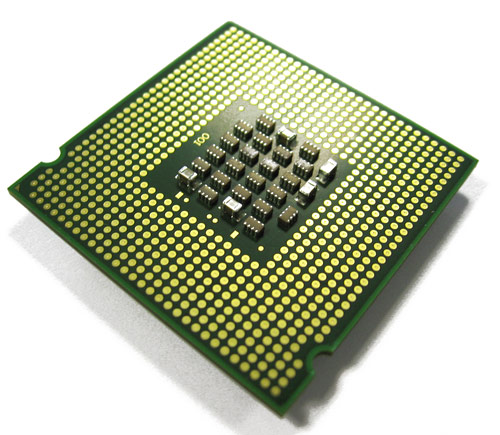So heres some plots to show how fast (or slow) the market moves, first up is the BBO for part of the morning session early this month on..... you guessed it MSFT
And the life of each tick, measured in nanoseconds. Life means, every new BBO on the bid or ask resets the timer, e.g. starts at 0ns
Above graph is scaled verticaly to 60Bn nanosecconds == 60secconds == 1minute. A quick look shows at most one BBO pair`s life maxes out at around 30secconds.
If we zoom in a bit more, the above plot is the same graph but vertical scaled to around 15 seconds. From here it becomes more apprent the vast majority of BBO pairs are under seconds, possibly less.
.. and continuing the zoom, below is some half interesting zoom in. First plot is the BBO
and yellow plot is the tick life. Here you get a better feel for how long each BBO pair lasts. A few last 10sec, a few less than 1sec and son.
digging further, below is a zoom in of the small ant hill seen on the larger BBO above.
and the corresponding tick life below.
... where you can see the same 15sec or so life of the BBO peek. Ok so your saying 15sec eh? dosent sound so ultra high frequency? true until you dig further down and say, whats the lifespan of a BBO pair which has a spread of 2cents?
... (above plot) when the spread widens is circled in red. First one around 1M ns around 1 millisecond its fast but not that fast. The second one 0.1M ns, or roughtly 100microsecconds, to put that in perspective, the standard linux kernel scheduler slices at a granularity of every 50microsecconds.
... 100microsecconds is where the fun starts.









